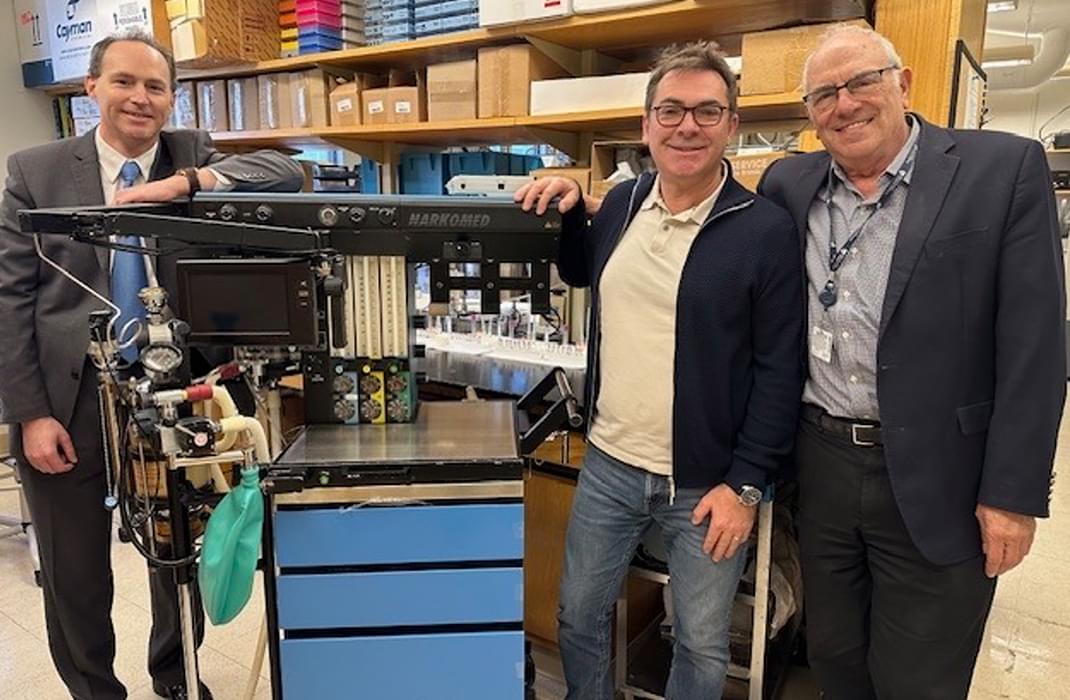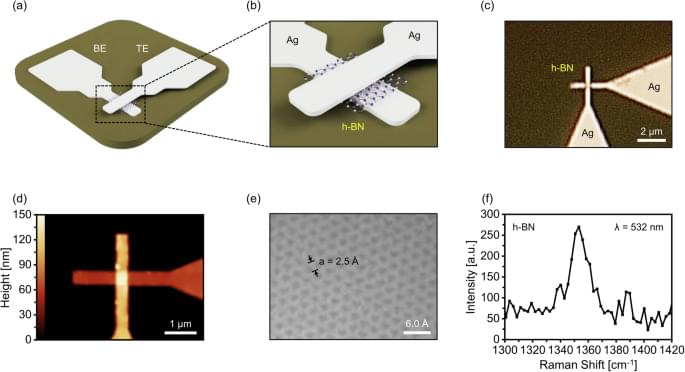For decades there has been near constant progress in reducing the size, and increasing the performance, of the circuits that power computers and smartphones. But Moore’s Law is ending as physical limitations – such as the number of transistors that can fit on a chip and the heat that results from packing them ever more densely – are slowing the rate of performance increases. Computing capacity is gradually plateauing, even as artificial intelligence, machine learning and other data-intensive applications demand ever greater computational power.
Novel technologies are needed to address this challenge. A potential solution comes from photonics, which offers lower energy consumption and reduced latency than electronics.
One of the most promising approaches is in-memory computing, which requires the use of photonic memories. Passing light signals through these memories makes it possible to perform operations nearly instantaneously. But solutions proposed for creating such memories have faced challenges such as low switching speeds and limited programmability.









